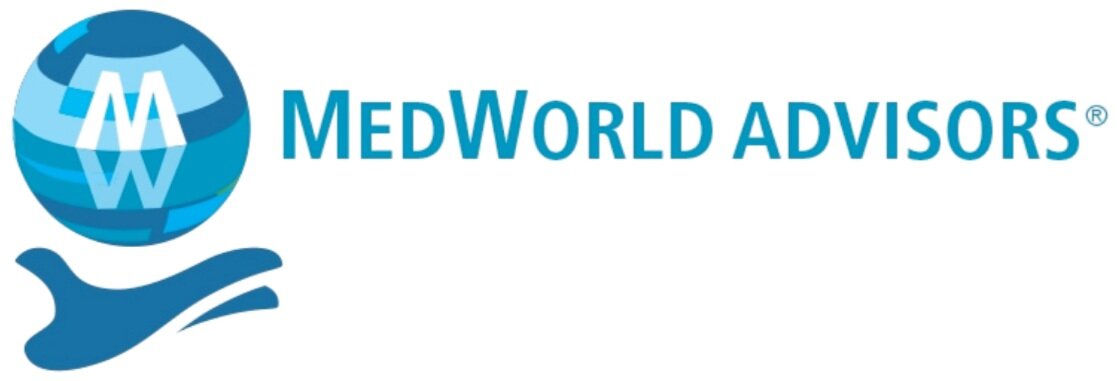EU Medical Device Regulation
To view this article on the Today’s Medical Developments Magazine website, click here.
The EU Medical Device Regulation (MDR) is a comprehensive set of cumbersome regulations being implemented throughout Europe for MedTech companies wishing to do business in the EU.
Based on feedback from some of our clients, we now believe there are five major reasons these EU MDR regulations have potential drawbacks for Europe’s patients which may ultimately result in benefits for patients in the U.S. These include:
1. Reduced availability of medical devices: The EU MDR has introduced stricter requirements for medical device manufacturers, including increased clinical evidence and post-market surveillance. While these measures aim to enhance patient safety, they’ve also resulted in a longer (and burdensome) approval process. These delays are leading to a lack of access to some important innovative medical technologies, which may limit treatment options for some European patients (compared to availability in the U.S.)
2. Higher costs and reduced competition: The increased regulatory burden and compliance costs associated with the EU MDR have disproportionately affected small and medium-sized medical device manufacturers. These smaller companies are struggling to meet the stringent requirements, which may result in reduced competition due to the decreased number of available medical devices. Unfortunately, the reduction in competition may drive up prices and make some EU devices less affordable or accessible (if available at all).
3. Impact on research and development (R&D): The EU MDR’s new requirements for additional clinical evidence and post-market surveillance necessitates greater investment in R&D by device manufacturers entering the EU. This may result in some products being designed for entry in the U.S. only.
4. Fragmentation and market access challenges: The MDR applies to all member states in the EU but the implementation and interpretation of these regulations can vary across each individual country. These disparities are creating regulatory fragmentation and inconsistencies which make it challenging for medical device manufacturers to navigate the EU market.
5. Potential for unintended consequences: Although the EU MDR aims to enhance patient safety, we’re hearing concerns that these new stringent regulations are having unintended consequences. As an example, we’re being informed that some companies aren’t bothering to work on their CE mark while they’re launching novel solutions in the U.S. Additionally, some smaller medtech businesses (based in the EU) are considering selling their companies instead of having to deal with these extraordinary new costs and burdens.
In summary, while there may be some short benefits to our global M&A advisory business and to patients in the U.S., we continue to hope the regulatory authorities in Europe simplify the CE pathway for medical devices – and soon! For the long term, EU patients need new innovation on the market for the benefit of all of us in our industry!
ABOUT THE AUTHORS: CEO Florence Joffroy-Black is a long-time MedTech M&A and marketing expert. She can be reached at florencejblack@medworldadvisors.com. Managing Director Dave Sheppard is a former medical OEM Fortune 500 executive and an experienced MedTech M&A professional. He can be reached at davesheppard@medworldadvisors.com. “Value = Strategic Fit + Timing® is a registered trademark of MedWorld Advisors.
To view this article on the Today’s Medical Developments Magazine website, click here.

